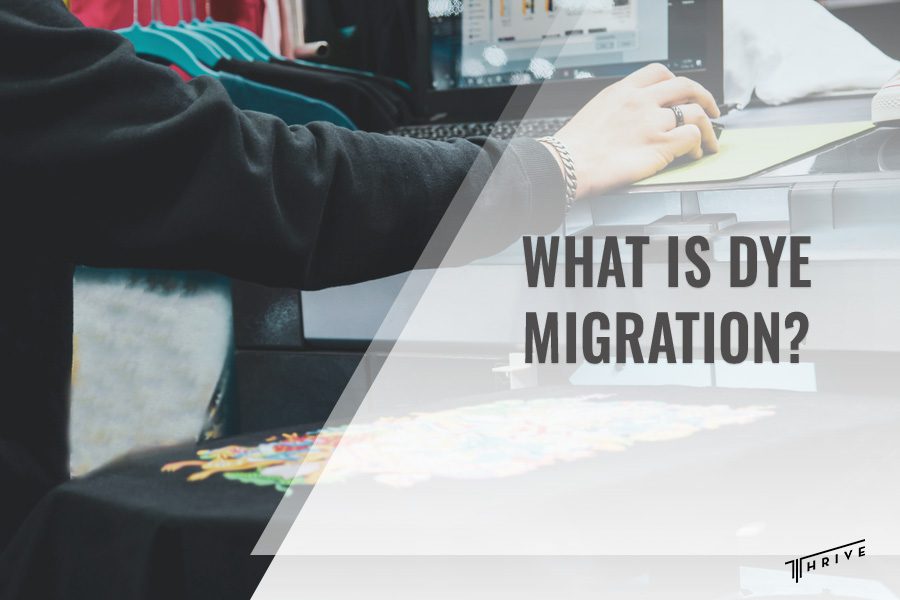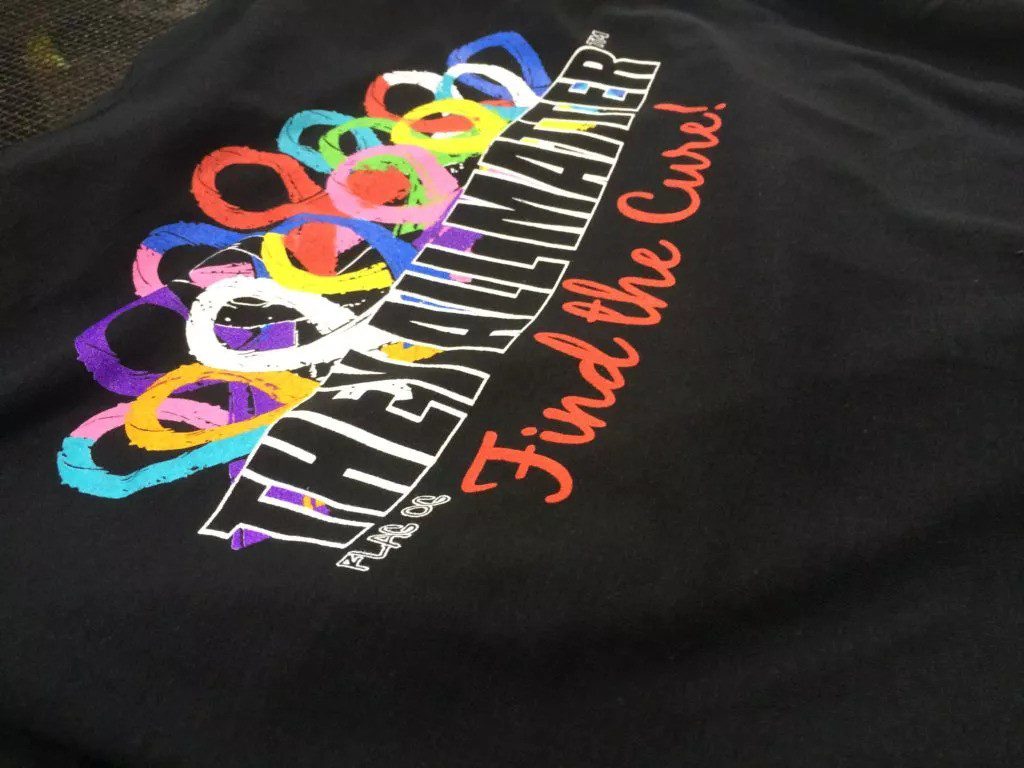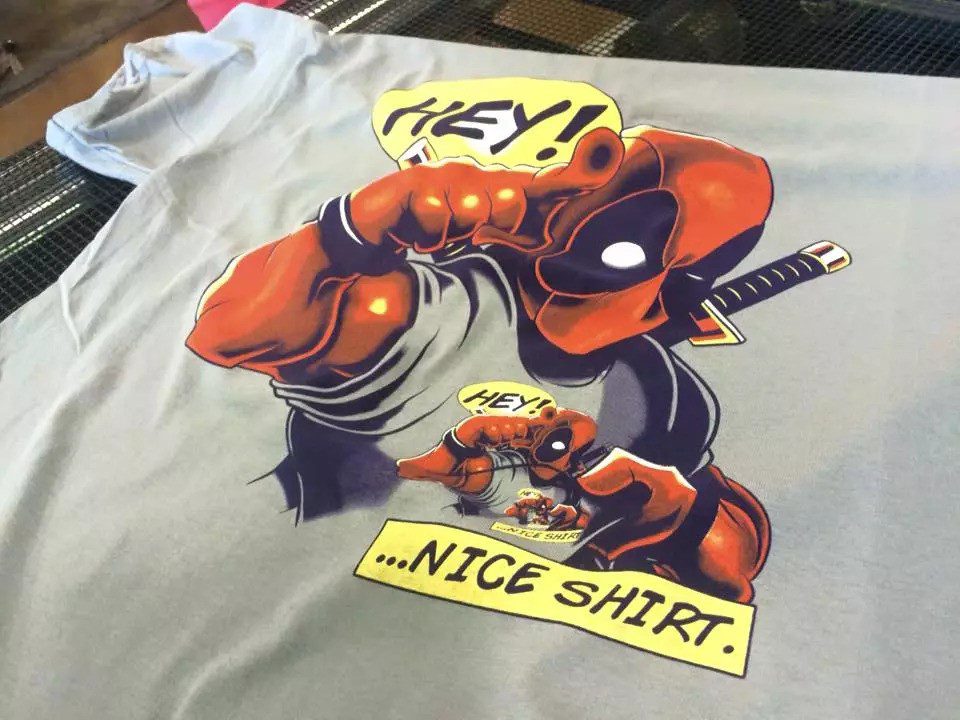
When we are screen printing your T-shirts or other appeal, one of the things we pay special attention to is dye migration. But what is dye migration, and does it affect the final print?
If you are eager to learn more about the screen printing process and how to fix dye migration, you are in the right place. With our decades of experience in screen printing, we will reveal all the secrets of handling dye bleeds so you can get a high-quality end product.
What is Dye Migration?
Screen printing is a complex printing technique that offers many benefits for businesses and their marketing strategies. However, for it to have a vast array of advantages, we must face some challenges during the production process. One of them is dye migration.
So, what is dye migration?
In the screen printing industry, we define dye migration as a situation when the dye moves from the dyed material to another material that the shirt or other garment is in contact with. Another term we use for the moving process is bleeding.
The bleed of the dye causes discoloration. In simple words, if a dye migration happens, white ink can turn into a faded shade of pink when we screen print it on a red polyester fabric.

Why does dye migration happen?
To better understand what is dye migration in fabric, we need to look at the main causes of its appearance. You need to know though that dye migration doesn’t occur on every appeal. It depends on the fabric they are made of.
Dye migration might happen when screen printing on polyester and poly/cotton blend garments. Additionally, the ink can only migrate when there is excess heat transfer, typically above 265°F.
For you as a client, it is important to find a contract screen printing service that is experienced and knows how to handle and prevent dye migration. If you are looking for the top contract printing company for screen printing t-shirts and appeal, we at Thrive are happy to turn your ideas into quality prints with vibrant colors.
Difference Between Dye Migration and Dye Sublimation
Many use the terms dye sublimation and dye migration interchangeably. However, there is a crucial difference between the two. Let’s see what is dye migration in textiles and how is it different from dye sublimation.
Firstly, both processes happen in different stages of the screen printing process. Dye sublimation may appear during the curing process.
On the other hand, dye migration can happen over time when the dye turns from solid to gas. Then, the dye in gas form starts to seep into the ink layer.
How to Prevent Dye Migration?
As experts in the industry, we utilize all the tricks to prevent dye migration from appearing in the first place. Consequently, for each screen print we will have to do for your business, we examine the fabric. That includes the fiber composition, garment color, texture, weave, and stretch.
One of the safest ways we prevent dye migration is screen printing on 100% cotton. Not only do they reduce the chances of dye migration, but they are one of the most comfortable materials to wear.
On another note, when you require us to print on polyester fabric, we will use the appropriate ink for the surface and use the highest quality shirts. During the curing process, we avoid excessive temperature spikes and calculate the perfect timing. For that purpose, we keep track of the conveyor dryer and constantly monitor the cure temperature.

Conclusion
Understanding what is dye migration can help you get familiar with the screen printing process. Now, your business can make the right decision and hire an experienced company that will make high-quality dyed garments for your marketing project. If you are looking for a company in Phoenix, Arizona, contact us, and our expert team will assist you with your inquiries.

Robert Fisher is the founder and CEO of Thrive Screen Printing and brings extensive experience in the screen printing and fulfillment industry.

